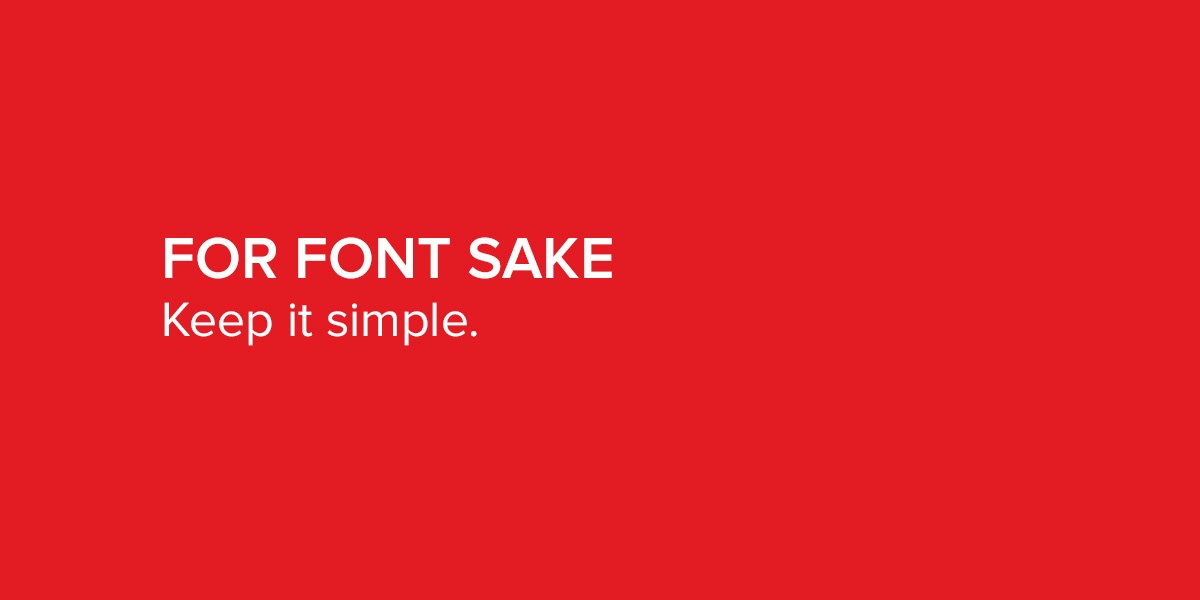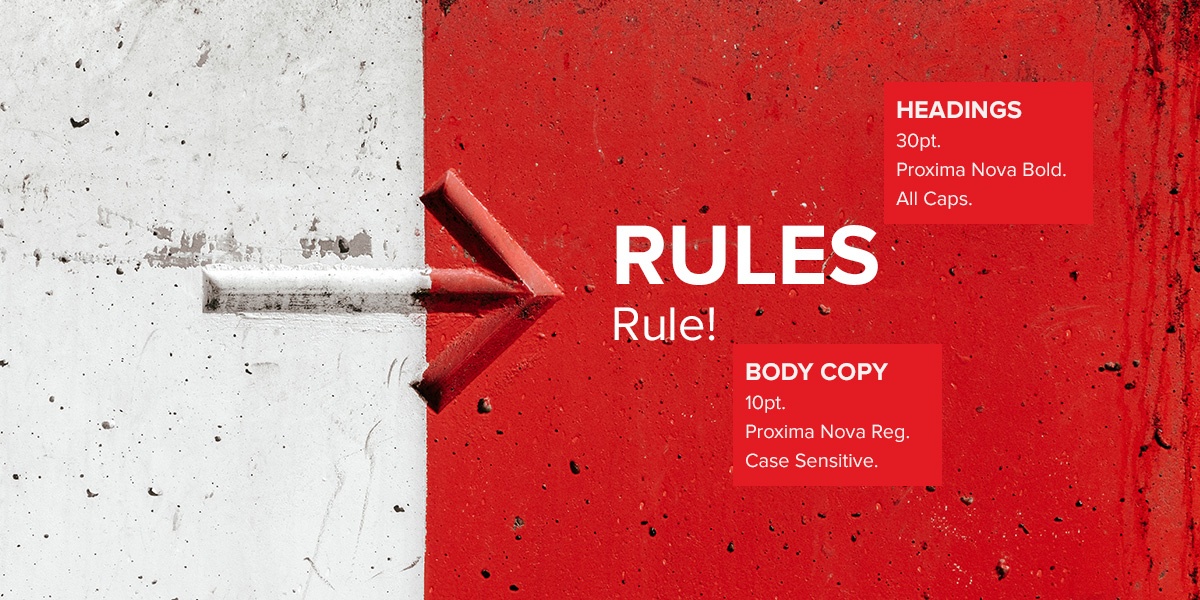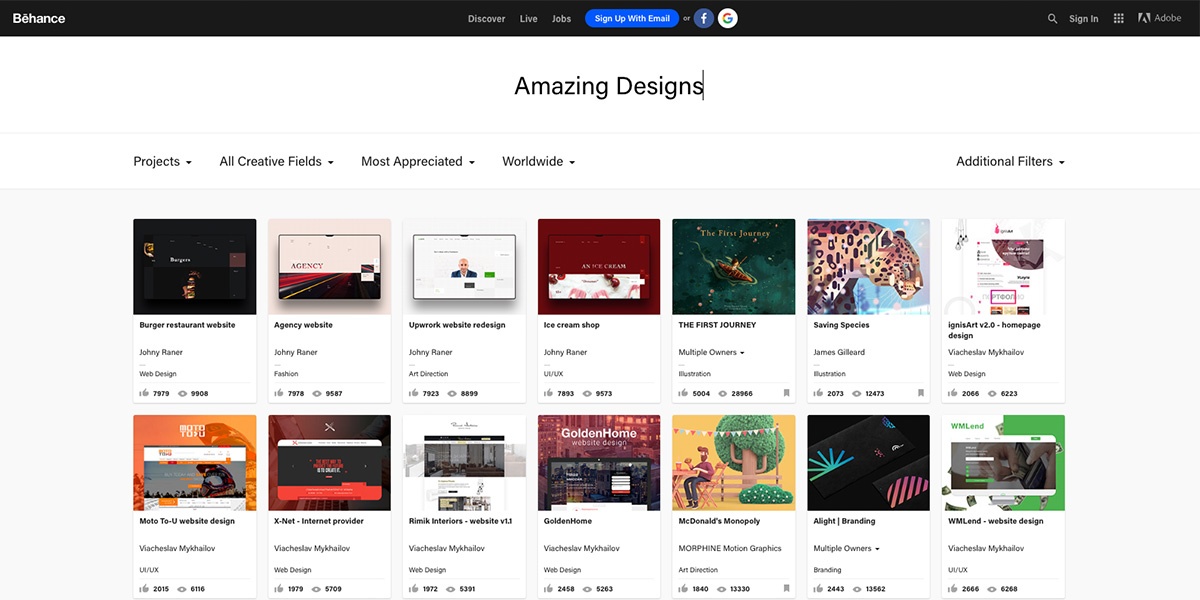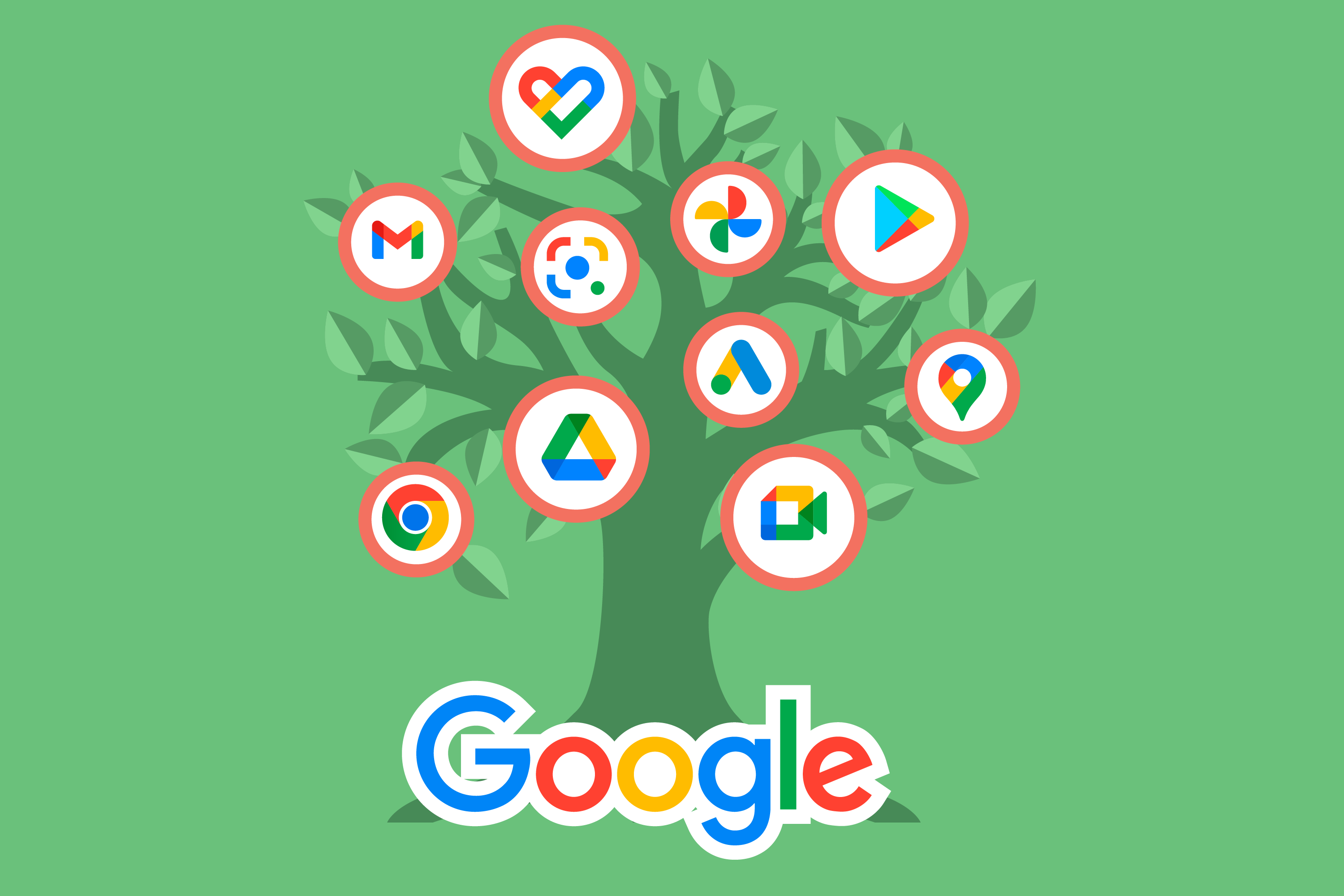If you really want to get your message across to key stakeholders, you need to leverage awesome visual content.
Did you know, people can recall 65% of the visual content they see almost three days later? In contrast, they can only recall about 10% of written content after three days.
But for those of us without formal training, even small design tasks can feel daunting. Luckily, they don’t have to be impossible. Armed with a few key pointers and a careful eye, almost anyone can boost their design game.
Here are seven essential tips to get you started.
1. Keep Your Fonts Simple

Before you do anything, consult your brand’s Graphic Standards Manual (GSM) to ensure the fonts you use are correct for your brand.
(To learn more about GSMs, read: How To Create a Powerful Brand with Brand Identity Guidelines.
A general rule of thumb is, when it comes to fonts, keep it simple! Using too many fonts at once can look cluttered and confusing. For a sleek, streamlined design, stick to just one or two fonts and use the various font weights to create a hierarchy.
Keep it in the Font Family: For a design that is consistent but still has visual impact, try mixing variants within a single font “family”.
For example, the font Arial includes options such as Arial Black, Arial Narrow, and Arial Rounded MT Bold. Although each variant looks and feels unique, there are enough commonalities to make the group appear cohesive.
To save on costs of buying quality font families - which can be expensive, check out Google Fonts for hundreds of free, timeless options.
Brush Up on your Font Psychology: Did you know that each style of font—sans-serif, serif, brush, and calligraphy—affects readers differently?
Understanding the psychology and emotionality of your audience will help you select the font to best portray the information you’re trying to convey.

Prioritize Clarity: Your priority when designing should be conveying information in an accessible way. As a basic rule of thumb, choose stylized fonts for headings and easy-to-read traditional fonts for your body copy.
2. Be Selective With Your Colours
To create eye-catching designs, it’s important to pick out an awesome and appealing colour palette. Just like fonts, colour can affect audience perception.
If you have existing branding in place, you’ll want to stick to that colour scheme for consistency. Reference your brand’s Graphic Standards Manual so you know which colours and colour families are permitted.
(To learn how to be flexible with your choices, but still on brand, read: Flexible Brand Identity Systems.)
Otherwise, this is an opportunity to have some fun! Checking out sites like Adobe Color Wheel or coolors.co can be an easy way to get started. Other tips include:
Considering Your Audience: In colour psychology, pink represents femininity or playfulness and tends to be a popular colour for products targeted at female audiences. As such, you would be less likely to choose pink as your primary colour if your main demographic was men.

Understanding Basic Colour Theory: Before deciding on a final palette, make sure you know the basic colour theory behind your selection, such as which colours best complement one another.
3. Know That Less is More

Leave Room for Whitespace: Many non-designers feel an urge to fill up an entire page, but among professionals, even the example on the left (the ‘Don’t) is considered over-designing. If there’s anything we can learn from Apple, it’s that whitespace is powerful. Remember to leave your images and text some room to breathe.
4. Create Rules and Stick to Them

Creating rules for your documents means better consistency. Whenever you create a document, start by selecting a heading, subheading, and body size, and then stick to these styles throughout your design. By setting yourself clear, easy-to-follow rules, your end product will look and feel more harmonious, and better reflect your brand identity.
Plus, it will make your life simpler! You can save a lot of time by creating one or two templates for whatever you’re working on and relying on those for future tasks.
5. Check Out the Competition! (It’s not cheating, I promise)

Strong designs come from strong inspiration. Keep tabs on what your competition is doing to learn how other brands in your industry are presenting themselves. This will give you insight on what you may need to improve on yourself.
As long you aren’t ripping off someone else’s design, referencing examples can give your work an extra edge. To get started, check out sites like Pinterest, Dribbble, or Behance.
6. Don’t Skimp on Photography

When it comes to photos, unique content is always going to make you stand out from the crowd. Make sure to use high-quality, well-lit imagery wherever possible.
Use Stock Photos: Don’t have the time or skill to take your own photos, and can’t afford to hire a professional? Using stock images can be an excellent option. Just be sure to avoid overly posed or staged shots, because they can come across as cheesy and inauthentic.
Some stock photo sites require payment while others are free. While not all stock photos require that you credit the artist, providing credit is respectful and helps you avoid copyright issues.
Alternatively, stock websites that provide images for free allow you to make a donation to the artist in lieu of credit. Some stock image sites include iStock, Unsplash and Pixabay.


7. Remember, Design is a Degree
Finally, don’t be too hard on yourself! Remember that professional designers have spent years studying the psychology and user experience of colour, layout, and type.
These tips are a great way to get started on creating content for your own business, on your own terms. But if you find yourself getting stuck or overwhelmed, you may need to seek the help of a professional—like the team here at Red Rocket.
Next Step
Let’s be honest. Design is hard. You probably have more important decisions to make than trying to learn design on your own. Why not hire a whole design team dedicated to supporting all aspects of your brand? Reach out to us to to start a conversation.




